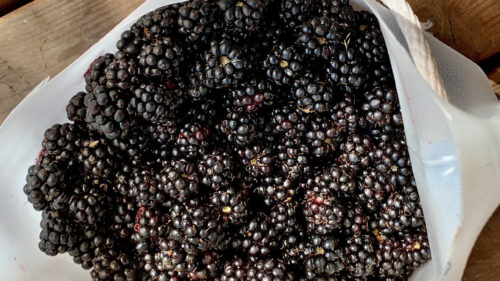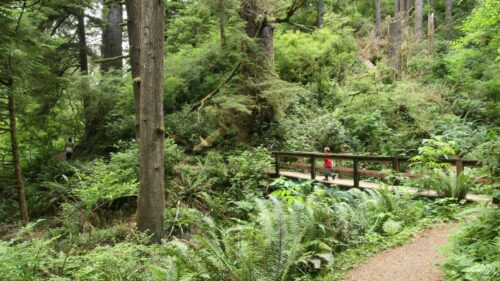With 363 miles of coastline, a wealth of rich forests and plenty of fertile valleys, Oregon is a well-stocked natural-food store where visitors and locals alike can forage for all manner of belly-pleasing eats. You just need to know where to go and what to look for.
That’s where Alanna Kieffer and John Kallas can help. The two wild-food experts are counted among the state’s most knowledgeable guides when it comes to showing just how bountiful Oregon’s edible plants and sea life can be. Here’s what to expect on a guided coastal wild food foray in any season.
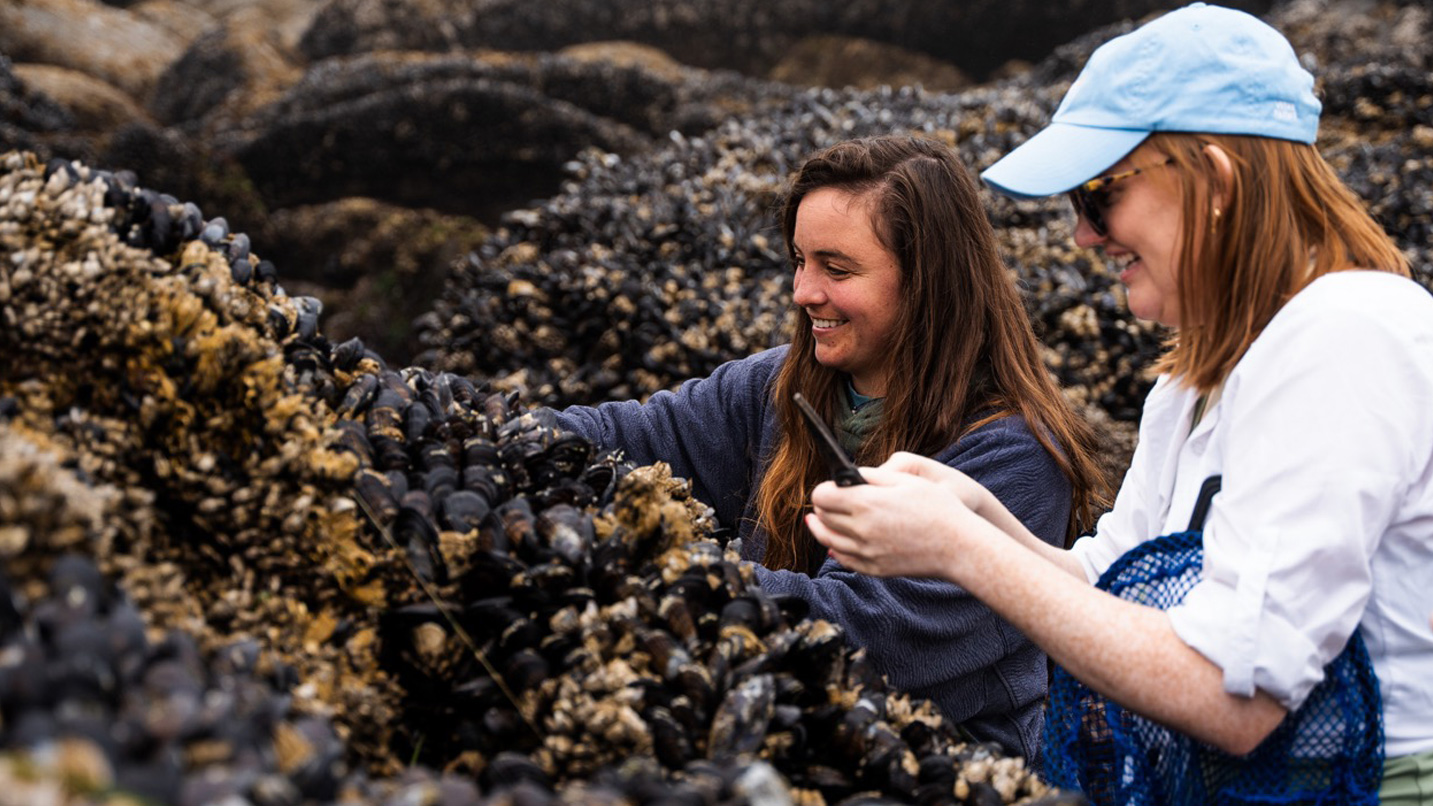
Crabbing and Foraging With a Marine Biologists
Based in Garibaldi, Alanna Kieffer, the founder of educational coastal guide company Shifting Tides, stands ready to help show guests just how much free food they can harvest from the water and shore — with a license, of course. “Our waters are full of nutrients, and full of plankton and phytoplankton and all these things that are essentially fueling all of the life and the food that we have on the Coast,” she says. “It’s no wonder Oregon is the Dungeness crab capital of the world.”
Spring and summer see Kieffer offering numerous workshops, from safely harvesting mussels, crabs, razor clams and bay clams to understanding the complexities of tide pools. The fall can be a trickier time to forage for shellfish as the best tides — low ones — often don’t match well with daylight hours. Being flexible and able to go during the weekdays opens up your chances of catching a great tide during the day, she says.
Even so, Kieffer, a marine biologist, loves to take people crabbing in the fall. She leads three-hour workshops on how to catch and clean crabs from a historic boathouse in Garibaldi, where she’ll do a quick demonstration of how to load traps with bait — chicken works great, she says, as do clam guts — before educating guests about all the steps it takes businesses to get food from the ocean to your plate.
Kieffer also arranges private trips as far south as about Newport. Book a tour to learn how to forage for clams and create delicious dishes with them. She can take you to a unique, sustainably cultivated seaweed farm and help you find mussels on the rocks. You don’t really even need to harvest anything by hand at all, though, to enjoy the Coast’s wild-food bounty. Kieffer co-leads and organizes Winter Waters, a series of events held in February where participating restaurants around the state showcase the pride of the Oregon edible coastline, with locally sourced menus featuring everything from wild sea vegetables to sustainably harvested shellfish.
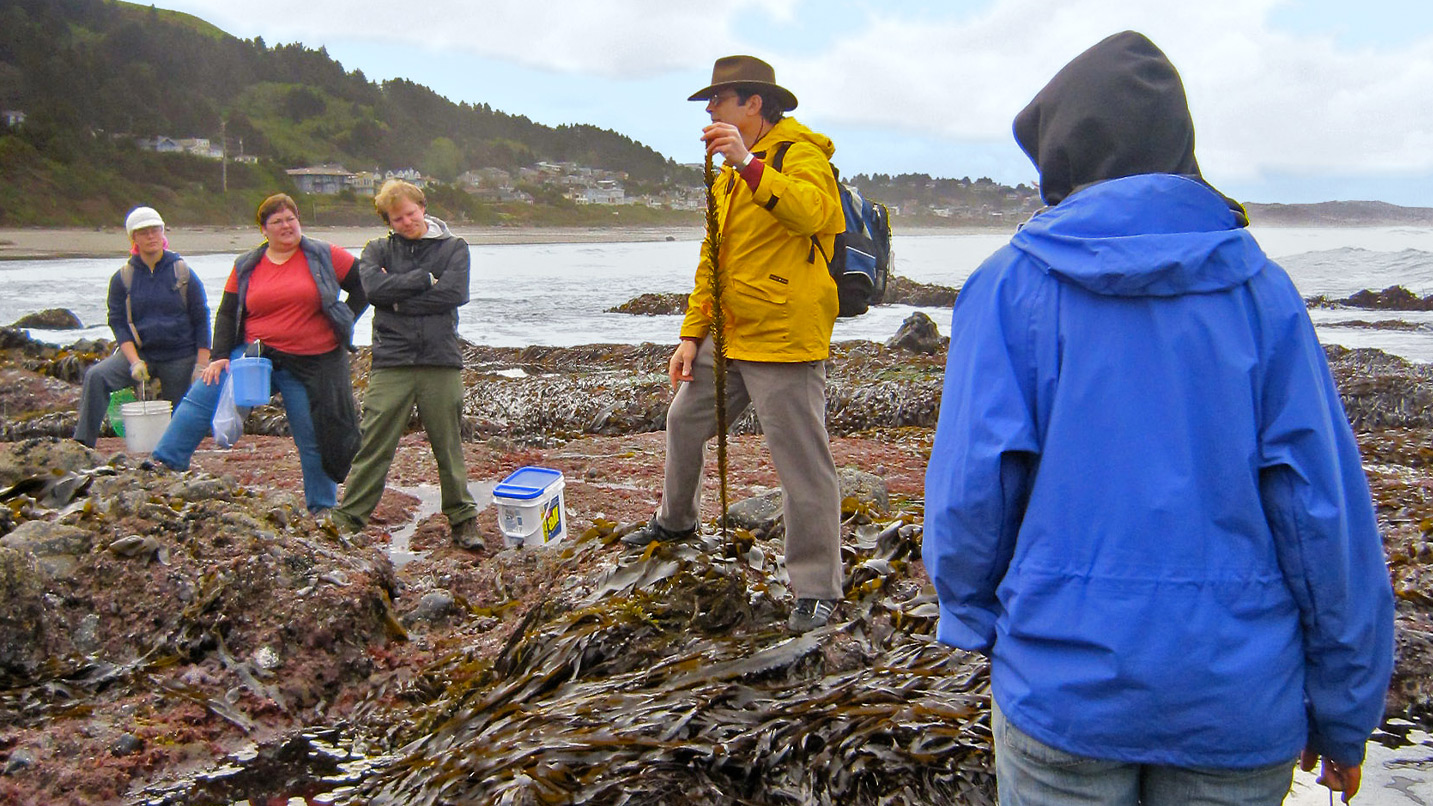
Guided Foraging on the North Coast and Portland
John Kallas is the main force behind Wild Food Adventures, a company he started as a way to introduce people to the edible plants you can find around the state and to educate them truthfully about a field that’s rife with myth and misinformation. As far as wild-food guides go, he’s at the top of his game, too, with a doctorate degree in nutrition, several books under his belt, and enough experience practicing what he preaches that he could — and once did — spend months traveling around Europe eating mostly foraged plants.
Wild Food Adventures workshops generally run from March to September, and the easiest way to find out what’s happening is to sign up for the newsletter. Workshop fees are based on a sliding scale (about $30 to $60 per person), and children pay their age. Starting in the spring, typically during one of the season’s lowest tides, Kallas organizes outings in Garibaldi to identify, taste and collect sea vegetables, as well as other excursions to collect, clean and prepare butter, steamer and gaper clams in Tillamook. Mussels and barnacles workshops start in May and run into July.
If you can’t make it to the Coast, the fall is a great time to stock up on wild nuts, berries and fruit, he says. One of the coolest excursions he offers involves wandering for less than a mile around a forest and orchard in Northwest Portland, where he’ll teach you how to spot, identify and process wild foods like acorns and black walnuts. He can even show you how to make s’mores using the common mallow plant — the original way of making marshmallows — that grows in Portland.
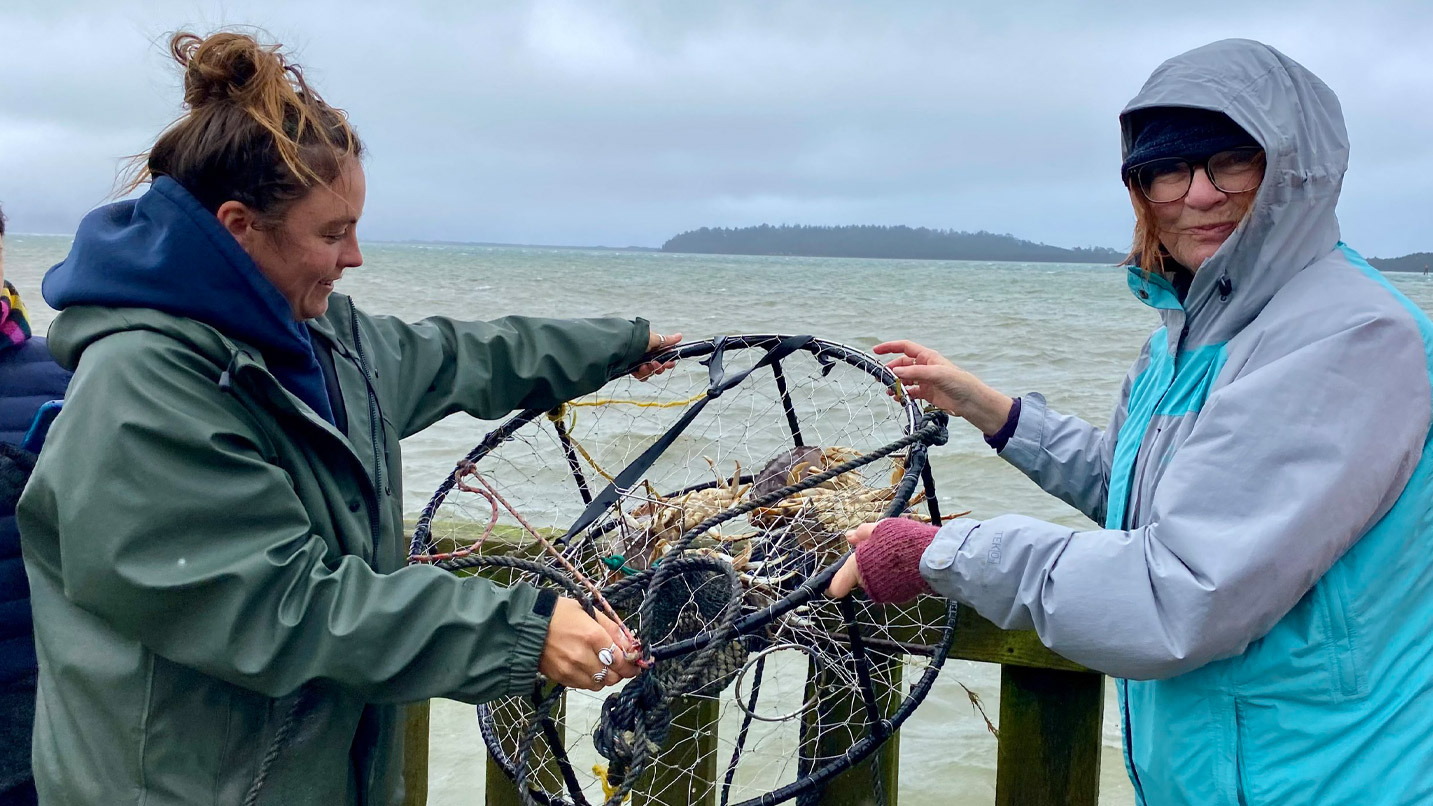
If You Go:
- Knowing how and where to forage are the keys to a responsible harvest. Don’t eat anything if you are unsure of the identification.
- Your guide will help provide all you need for your foraging trip, but feel free to check the policies and license requirements before heading out for a coastal foray.
- Book early to secure your space on a foraging trip, since they fill up fast.
